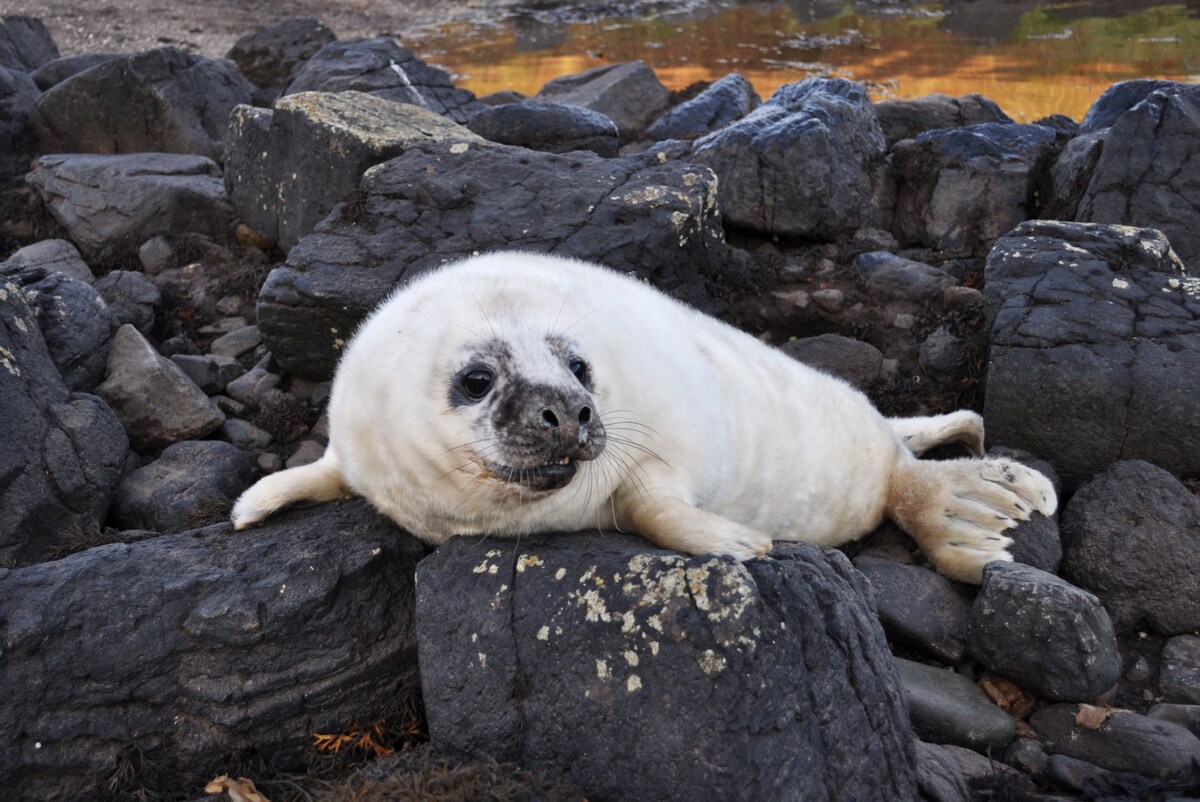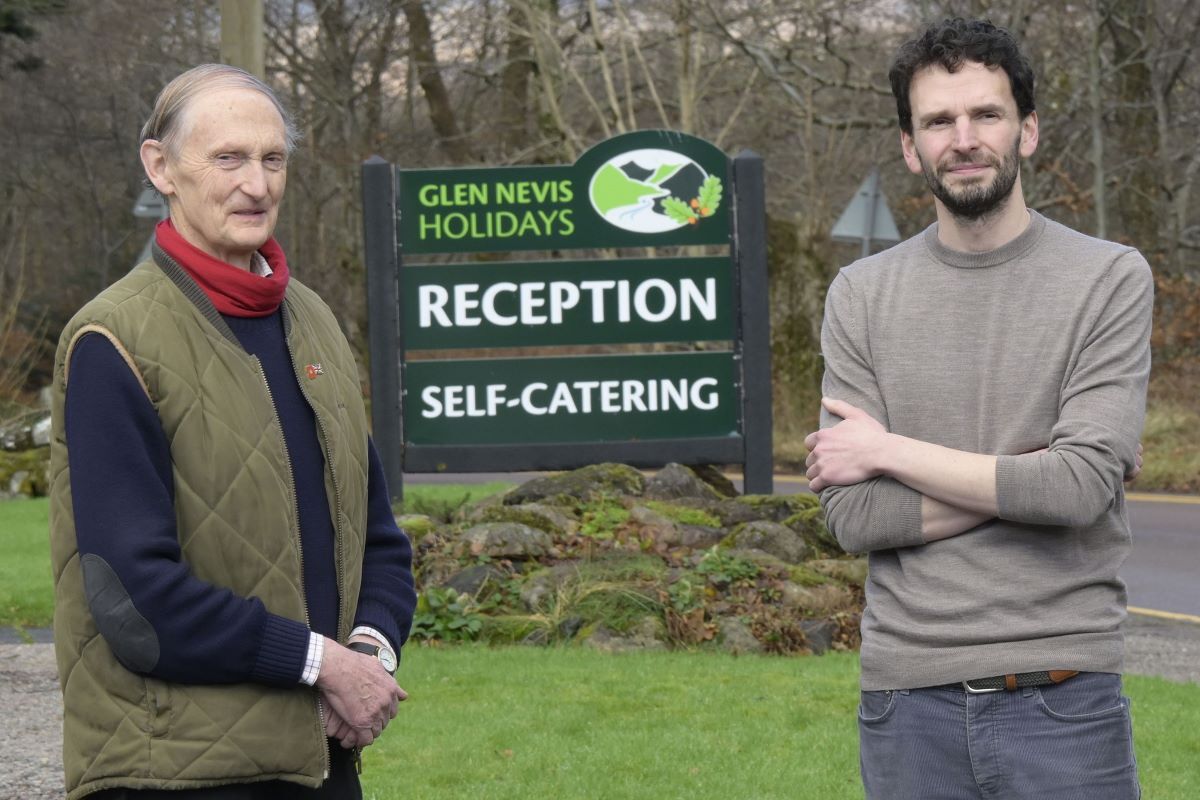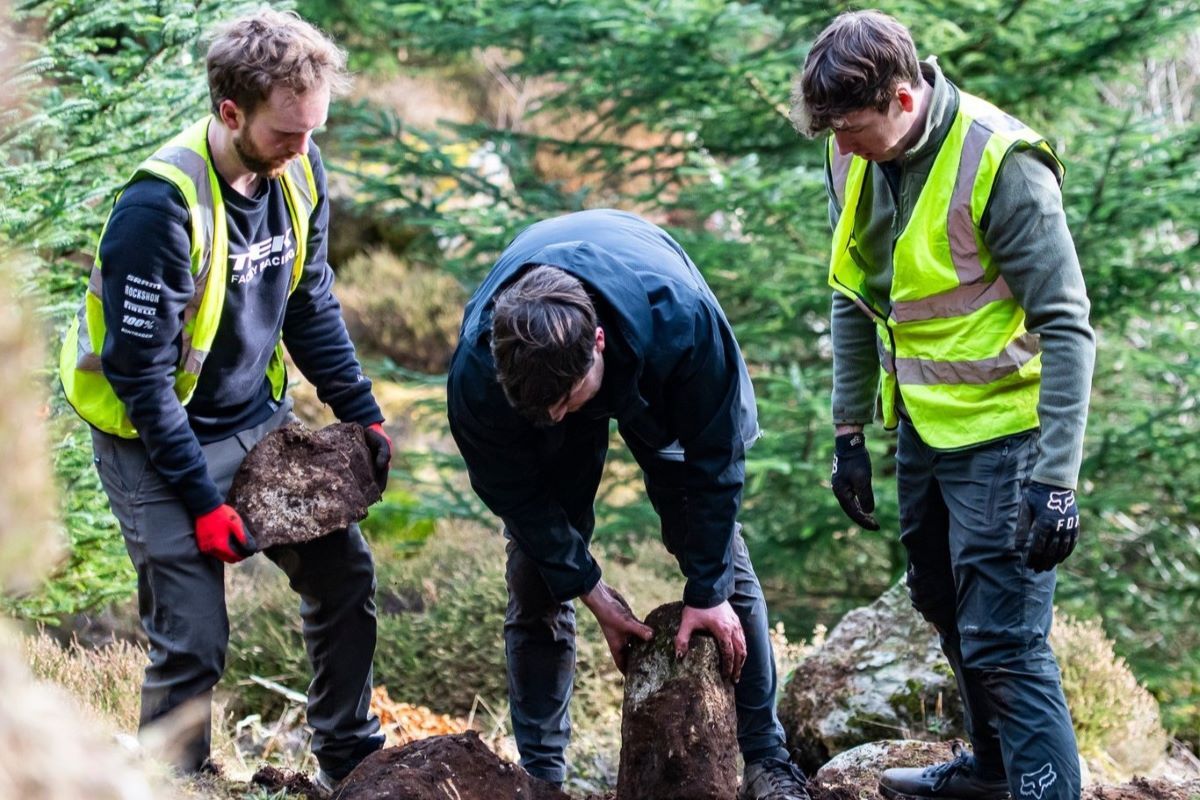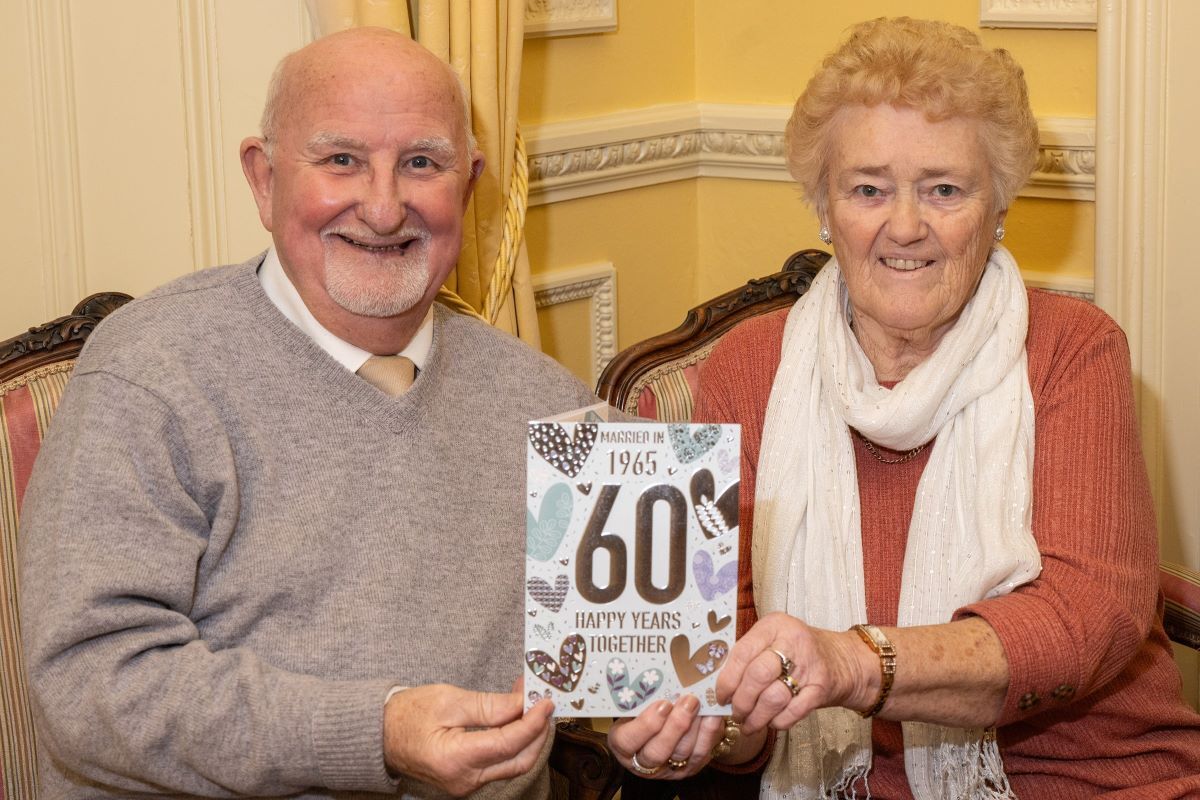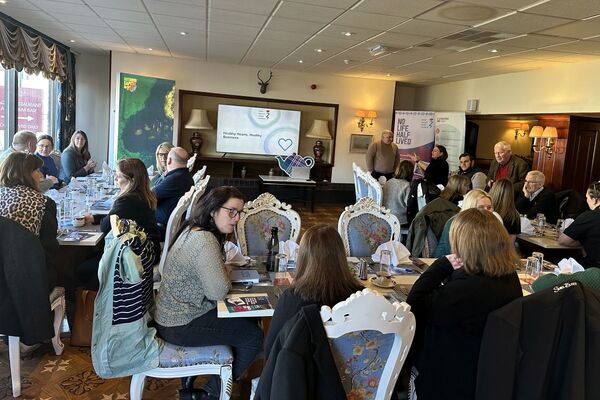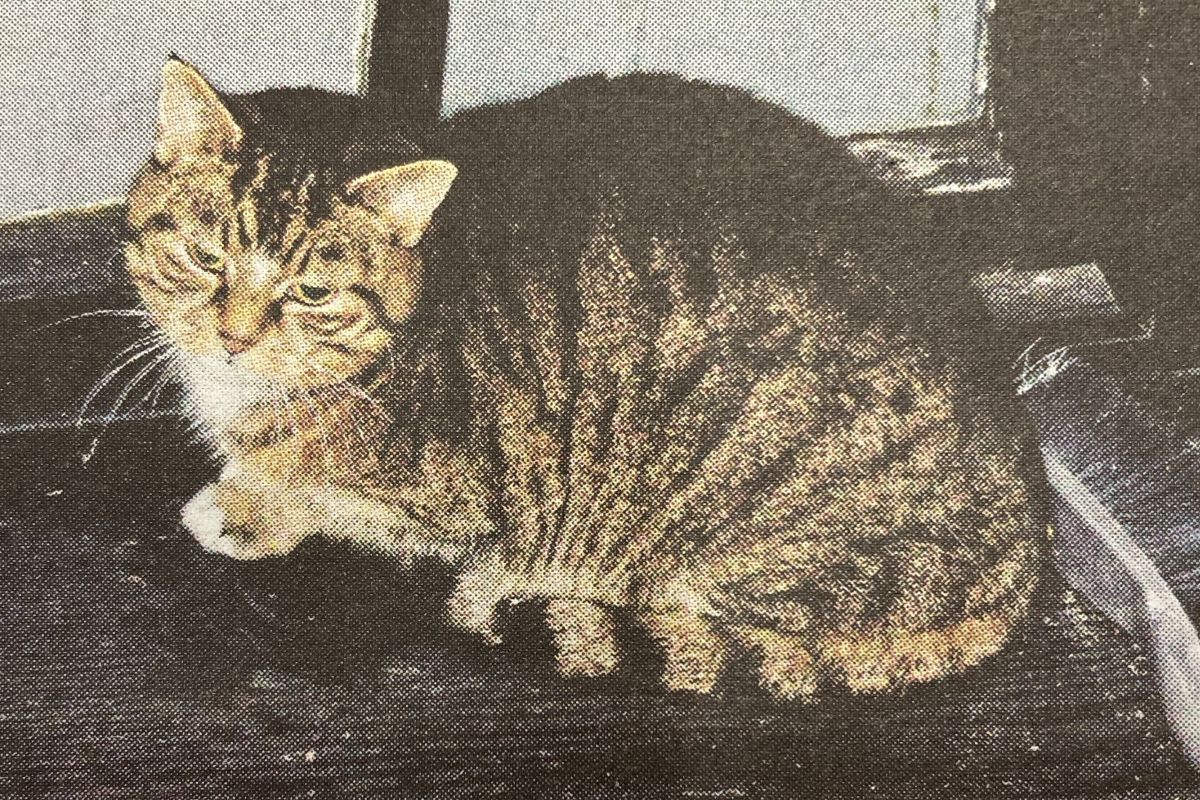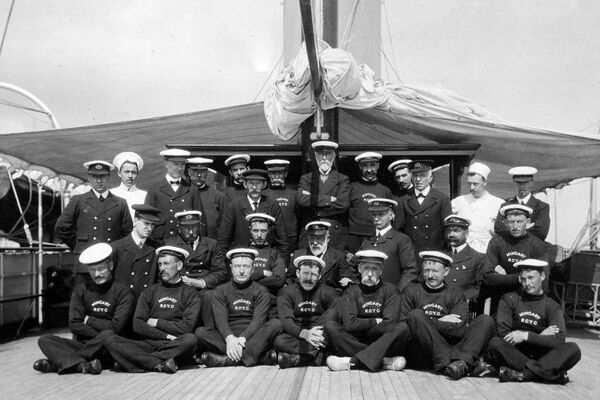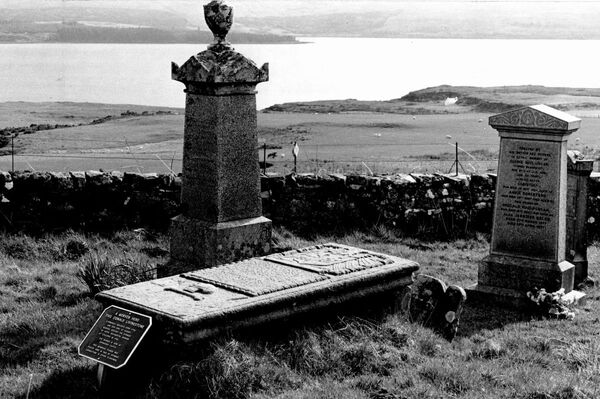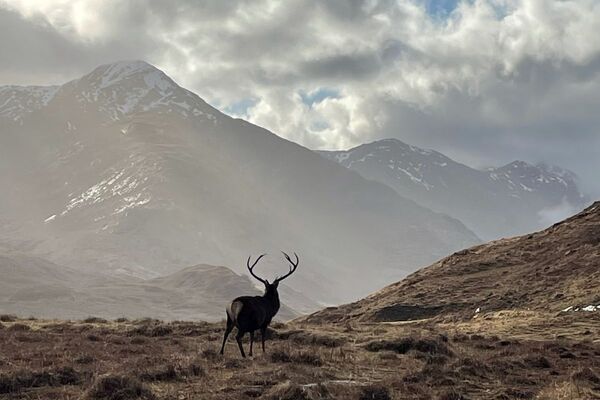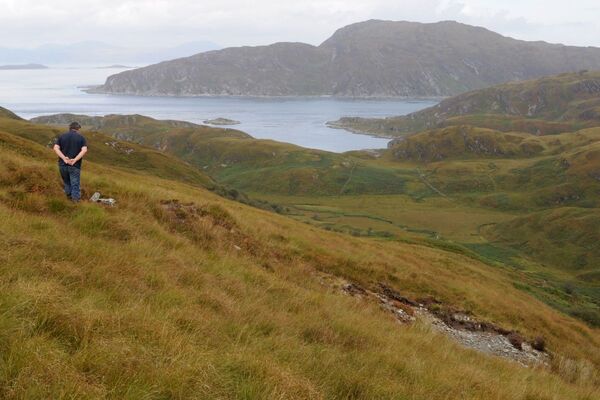The wonders of wildlife migration
There is surely nothing more exciting than witnessing the annual migration of thousands of birds, fishes and animals, large and small, familiar and unrecognised.
Somehow, from somewhere, out of the blue, over the sea, down from the sky and across land horizons they come, making their way against the odds that would appal any human, crossing seas and countries in the darkness of the night, and yet arriving, as often as not, at the very same place they left the previous autumn.
Who has not thrilled to Sir David Attenborough’s wonderful films of the awesome numbers of wildebeest braving crocodile attacks in the Mara River as they migrate annually from the Serengeti National Park in Tanzania to the greener pastures of the Maasai Mara National Reserve in Kenya during July through to October. It is Africa’s most incredible spectacle and often referred to as the World Cup of Wildlife.
On account of the totally unnecessary and widespread carnage among the red deer in the last few years, Argyll along with many other parts of the Highlands, cannot produce such dramatic hoofed sights these days, but there are still some seasonal arrivals and departures that take our breath away.
A few decades ago in early spring, salmon and sea trout used to migrate upstream to spawn in their thousands. Not so very long ago I stood in the darkness on the banks of the upper reaches of the River Ailort between Arieniskill and Loch Eilt on a spring tide, hearing them battling their way over the rapids and through the shallow water making a noise that was almost deafening as they moved forward en masse into the loch. But for a few grizzly bears, bald sea eagles and wolves, one might have been in Alaska along with the Chinook and sockeye salmon.
And so, it used to be at the mouth of the rivers Aline, Shiel, Moidart, Barr, White Glen, Kinlochteacuis, Coinnich (Kingairloch) Gour, Cona, Awe, the Scaddle and just about every other river on the West Coast. There was no need for dubious catch-and-release schemes then. Today the fish have virtually disappeared and the emptiness is palpable. Where have the salmon and sea trout gone – what has happened? Anyone who solved this puzzle would become a millionaire overnight.
Another extraordinary sight is the migration of tiny common eels (Anguilla vulgaris) from their breeding grounds off the West Indies to the freshwater rivers and lochs of the British Isles. Their life story is one of the strangest in the natural history world.
There are two sorts, yellow eels and silver eels. Young eels, or elvers, move up river in spring and large eels return in the autumn. Until recently nothing was known of their breeding grounds or their migration. By climbing onto each other’s back elvers can scale high waterfalls. They will also travel for quite long distances overland, wriggling across fields and through damp grass until they find their way into rivers and lochans where they may remain for 10 years and more. To enable them to journey in this miraculous way they have several gill slits, each with a cavity that can be closed with a membrane so that they can carry sufficient moisture with them as they travel.
In the history of evolution, which is the story of the great race of life through the ages, there are some fishes who gradually left the sea for a life on the seashore and became half aquatic and half land-living animals.
Millions of years ago these amphibious creatures found homes further inland and eventually abandoned the water altogether. They were the forefathers of today’s seals and became extinct, while those that remained by the coast found they were in less danger and, learning to swim, hunted for food off-shore. They lived entirely in the water, except for briefs spells on land when the sun was warm, and during the breeding season.
Generally, there are two types of seals to be found around Argyll’s coastline - the grey seal, of which there are literally thousands, and the common seal which is not quite so plentiful as its name suggests.
During the autumn, when the equinoctial gales send the great Atlantic rollers crashing against the rocky cliffs of the west, grey seal bulls fight with one another for their mates. One male, if he is large enough, will collect a whole harem and guard it against all-comers. Males can be nine-foot long and often weigh up to seven hundredweight (cwt).
Seals migrate to traditional calving grounds in October and what a spectacle they make coming in to have their pups. Seal numbers around our coastline have shot up dramatically over the past few years. Some say the population is too high and why salmon and sea trout no longer run up west coast rivers as they used to. Visitors like to see seals in the wild and imagine them to be soft and cuddly; others believe them to be the souls of drowned sailors.
I have watched grey seals calving on Soa Island, off Iona, and Fladda and Cairnaburg Mor in the Treshnish Isles as they idle and bob on a full gut. Here there are sheltered bays and sandy beaches allowing the heavily pregnant cows to heave themselves out of the water and upwards, sometimes many yards beyond the high-water mark, to produce young among bracken covered boulders. Here, in their wake come white-tailed eagles to feed on the after-birth. When the pups are born and licked clean by their mother, they are almost pure white and the picture of innocence. But beware, they have strong jaws and teeth as sharp as razors. Woe betides any man or beast who comes between mother and child.
Perhaps Mother Nature will step in, as she always does, and reduce the population to a sustainable level by giving them a type of flu which will be beneficial to both animal and man.
I suppose it could also be said that there has also been a good crop of tourists in the last few years. Too many, where there are single track roads and limited facilities. The trouble with tourism is that once it starts and the genie gets out of the bottle, it is impossible to put the lid back on. VisitScotland and selfish advertising must take a major share of the blame where places such as the Quiraing, the Jacobite monument at Glenfinnan and the Fairy Pools in Glen Brittle (which no one had heard about until recently) and are now almost impossible to get near, let alone park by.
The Rev Norman Macleod of Fiunary (1812-72) was ahead of his time when, in 1867, he wrote of Sithean na Raplaich in his Reminiscences of a Highland Parish.
“We back this view from the highest hill in the parish for extent and varied beauty against any view in Europe! It is the Righi [king] of Argyleshire and given only what, alas! is not easily obtained, a good day, we know not where to find a more magnificent outlook over God’s fair earth. I name not its name, lest inquisitive tourist hunt it, and make it a lion, and get it at last into guidebooks.”
Latest News
JOBS
Business Development Manager - Highland Broadband
Sign up to our daily Newsletter
Permission Statement
Yes! I would like to be sent emails from West Coast Today
I understand that my personal information will not be shared with any third parties, and will only be used to provide me with useful targeted articles as indicated.
I'm also aware that I can un-subscribe at any point either from each email notification or on My Account screen.
You may also like
Super yachts in West Highland waters
Heroes and a hymn from across the Atlantic
The vanishing red deer of the Highlands
Latest News
JOBS
Business Development Manager - Highland Broadband

